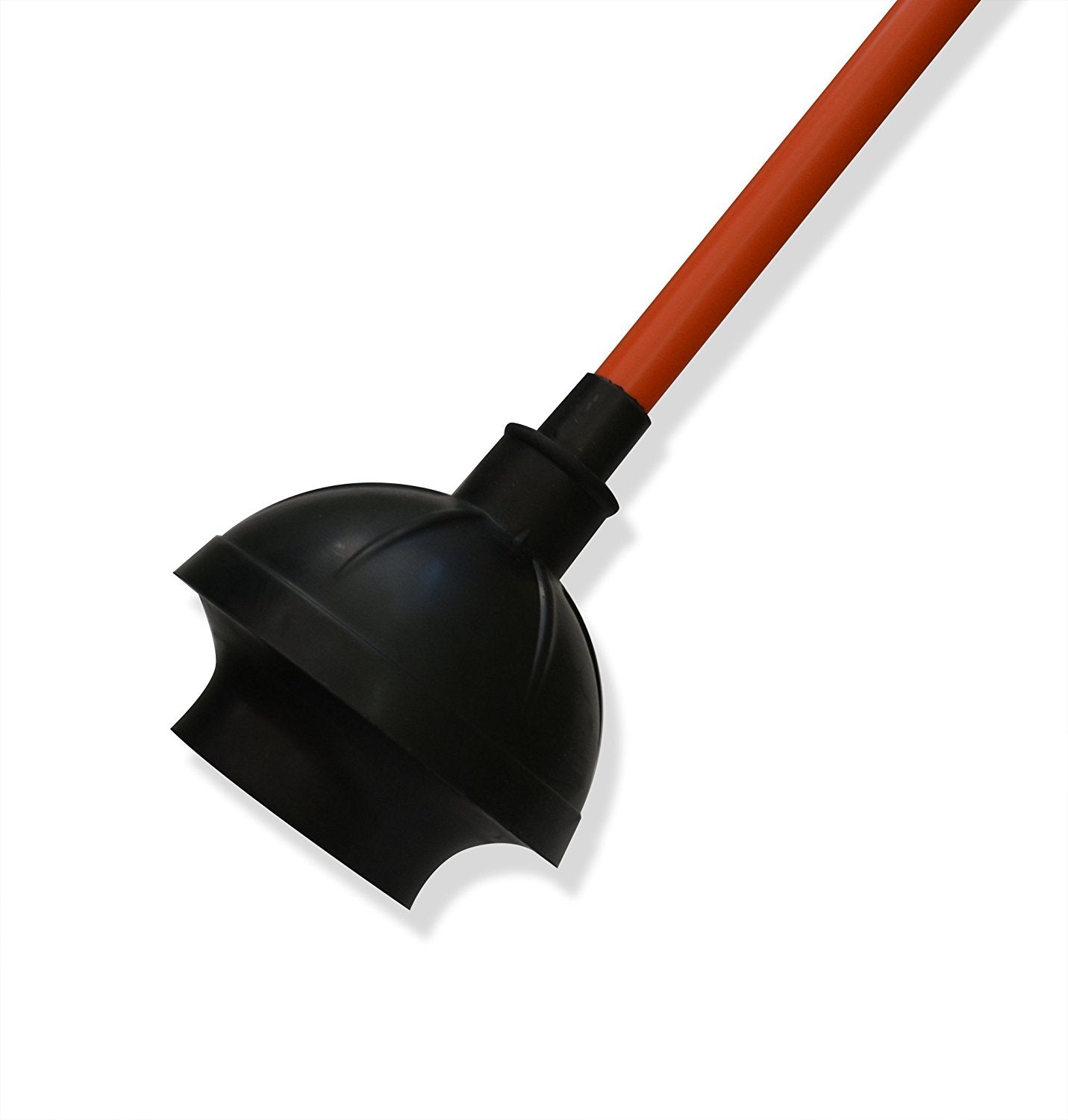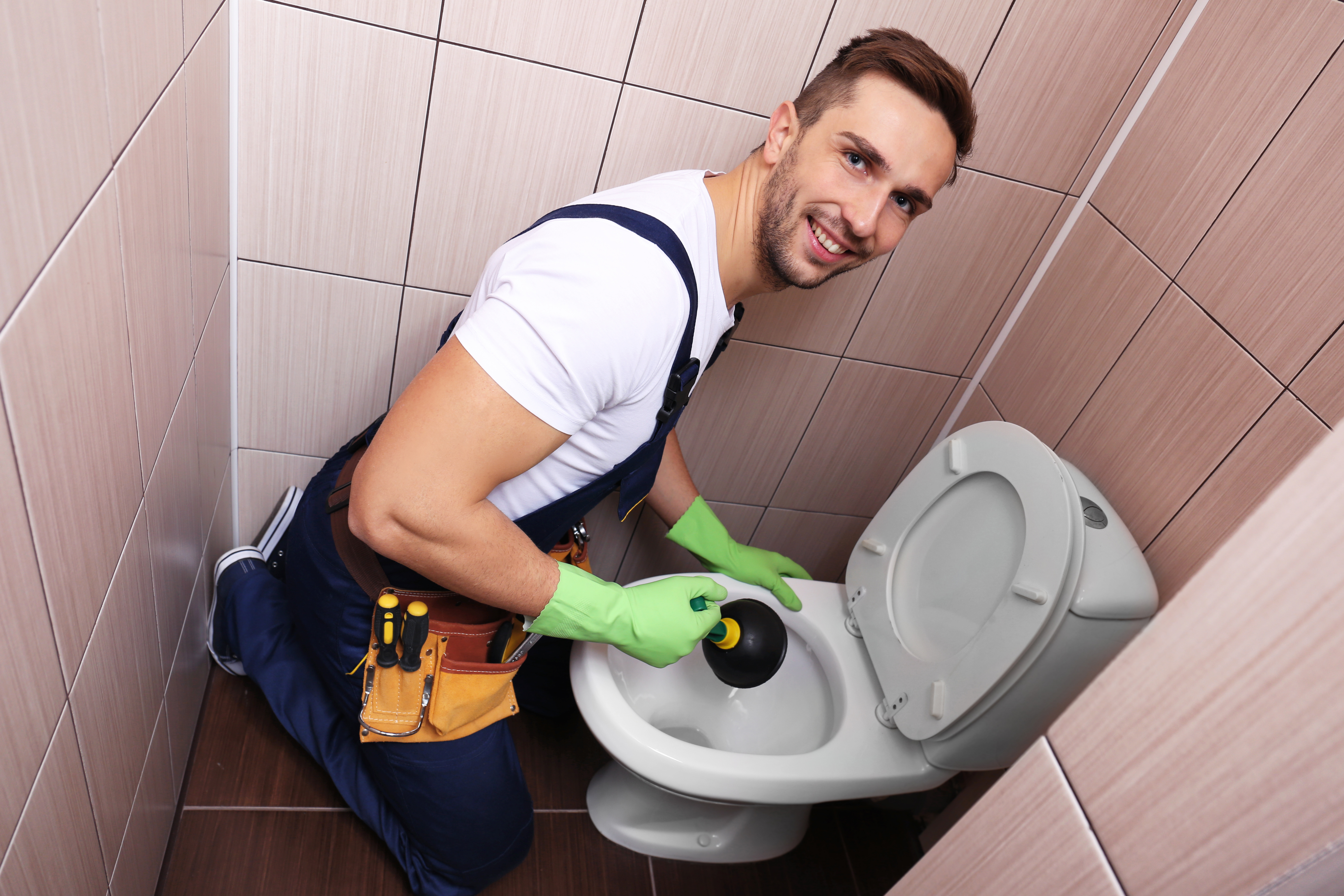How to Effectively Utilize Plunger and Drain Cleaner: Specialist Advice
How to Effectively Utilize Plunger and Drain Cleaner: Specialist Advice
Blog Article
We've found this article about How to Unclog Your Sink with a Plunger below on the net and believe it made sense to quickly share it with you on this site.

Intro
Proper maintenance of house drains is necessary for preventing blockages and making certain smooth water flow. One of the secret devices in every home owner's toolkit is the bettor, together with numerous drainpipe cleaners developed to tackle stubborn blockages effectively. This article explores how to utilize plungers and drain cleansers successfully to maintain your drains pipes streaming freely.
Section 1: Recognizing Plungers
Kinds of Plungers
There are numerous types of plungers readily available, each developed for various sorts of drains pipes and clogs. One of the most usual kinds consist of mug plungers, flange plungers, and accordion bettors.
Exactly How Plungers Job
Bettors work on the concept of producing stress and suction to remove clogs. When effectively applied over a drainpipe, they create a vacuum cleaner that can pull out particles or separate obstructions.
Selecting the Right Bettor
Selecting the ideal plunger depends on the kind of drainpipe and the nature of the blockage. Mug bettors are optimal for sinks and tubs, while flange plungers are much better matched for commodes as a result of their layout.
Common Blunders with Bettors
Staying clear of these mistakes makes sure reliable plunging: inappropriate seal around the drainpipe, not enough pressure, and unclear bordering particles.
Area 2: Utilizing Plungers Successfully
Prep work
Before plunging, guarantee the plunger covers the drainpipe entirely and develops a tight seal. Clear any noticeable particles around the drain opening.
Technique
Beginning with gentle plunging activities to develop suction. Increase stress slowly, using a constant rhythm. Repeat as needed until the drainpipe removes.
Fixing Tips
If plunging doesn't function, try readjusting the seal, applying oil jelly for a better seal, or making use of a various sort of bettor.
Area 3: Recognizing Drain Cleansers
Sorts Of Drain Cleansers
Drain pipes cleansers can be chemical or enzymatic. Chemical cleaners utilize strong chemicals to dissolve obstructions, while enzymatic cleansers make use of all-natural enzymes to break down organic matter.
How Drain Cleansers Work
Chemical cleansers react with blockages to dissolve them, while chemical cleaners break down natural products like hair and oil without hurting pipelines.
Safety Considerations
Constantly wear handwear covers and eye security when making use of chemical drain cleansers. Guarantee ample ventilation and comply with manufacturer guidelines thoroughly.
Eco-Friendly Alternatives
Think about utilizing vinegar and baking soft drink or enzyme-based cleaners for eco-friendly alternatives that are much safer for pipes and the atmosphere.
Section 4: Using Drainpipe Cleaners Properly
Application Methods
Put chemical cleansers directly into the drainpipe opening. Enable them to work for the suggested time prior to flushing with hot water. Enzymatic cleaners need to sit overnight.
Safety measures
Prevent blending different types of cleaners, as this can produce poisonous fumes. Never ever use chemical cleaners along with a bettor, as splashing can take place.
Managing Stubborn Obstructions
For persistent obstructions, consider utilizing a pipes snake or calling a specialist plumber to stop damage to pipes.
Final thought
In conclusion, recognizing just how to make use of bettors and drainpipe cleansers successfully is important for keeping healthy and balanced plumbing systems. By picking the right devices and strategies, property owners can deal with small blockages and protect against significant plumbing issues down the line.
How to Use a Plunger to Unclog a Drain
The humble plunger is a simple yet effective tool for breaking clogs in sinks, tubs and toilets. This handy tool is easy to use. You can make the most of its power if you understand how it works. Ready to dive in? Here’s what you need to know.
Safety First!
Never use a plunger with drain chemicals. Water will splash as you work, and the chemicals can spatter, burning skin and eyes. It’s a good idea to use rubber gloves and wear safety goggles when you work on a clog.
Choose the Right Tool for the Job
Plungers come in two different styles. Sinks, bathtubs and showers require a cup plunger. Like its name suggests, the rubber end is shaped like a cup. Use a flange plunger on toilets. These plungers have a rubber funnel extending from the cup. A plunger needs to be big enough to cover the drain.
Ready, Set, Plunge!
Coat the rim: Coat the plunger rim with petroleum jelly. This helps make a better seal.
Block outlets: Hold a wet rag over nearby outlets such as the overflow vent or the drain in a second sink.
Release air: Insert the plunger at an angle into the water. Water will displace air in the cup. A water-filled cup is more forceful than one filled with air.
Keep the plunger upright: Hold the plunger perpendicular to the drain. Use fast, forceful strokes, but make the first stroke gentle. The first stroke can create a splash if the cup still contains air. Thrust the plunger 15 to 20 times.
Snap off the plunger: The final stroke should be a strong upward motion that ends when the plunger snaps off the drain.
Repeat the process: you may need to repeat this sequence several times. When the water drains away, your work is done. High-five! https://plumbernw.com/blog/how-to-use-a-plunger-to-unclog-a-drain/

Application Methods
Put chemical cleansers directly into the drainpipe opening. Enable them to work for the suggested time prior to flushing with hot water. Enzymatic cleaners need to sit overnight.
Safety measures
Prevent blending different types of cleaners, as this can produce poisonous fumes. Never ever use chemical cleaners along with a bettor, as splashing can take place.
Managing Stubborn Obstructions
For persistent obstructions, consider utilizing a pipes snake or calling a specialist plumber to stop damage to pipes.
Final thought
In conclusion, recognizing just how to make use of bettors and drainpipe cleansers successfully is important for keeping healthy and balanced plumbing systems. By picking the right devices and strategies, property owners can deal with small blockages and protect against significant plumbing issues down the line.
How to Use a Plunger to Unclog a Drain
The humble plunger is a simple yet effective tool for breaking clogs in sinks, tubs and toilets. This handy tool is easy to use. You can make the most of its power if you understand how it works. Ready to dive in? Here’s what you need to know.
Safety First!
Never use a plunger with drain chemicals. Water will splash as you work, and the chemicals can spatter, burning skin and eyes. It’s a good idea to use rubber gloves and wear safety goggles when you work on a clog.
Choose the Right Tool for the Job
Plungers come in two different styles. Sinks, bathtubs and showers require a cup plunger. Like its name suggests, the rubber end is shaped like a cup. Use a flange plunger on toilets. These plungers have a rubber funnel extending from the cup. A plunger needs to be big enough to cover the drain.
Ready, Set, Plunge!
Coat the rim: Coat the plunger rim with petroleum jelly. This helps make a better seal. Block outlets: Hold a wet rag over nearby outlets such as the overflow vent or the drain in a second sink. Release air: Insert the plunger at an angle into the water. Water will displace air in the cup. A water-filled cup is more forceful than one filled with air. Keep the plunger upright: Hold the plunger perpendicular to the drain. Use fast, forceful strokes, but make the first stroke gentle. The first stroke can create a splash if the cup still contains air. Thrust the plunger 15 to 20 times. Snap off the plunger: The final stroke should be a strong upward motion that ends when the plunger snaps off the drain. Repeat the process: you may need to repeat this sequence several times. When the water drains away, your work is done. High-five! https://plumbernw.com/blog/how-to-use-a-plunger-to-unclog-a-drain/

I was shown that write-up on How To Use Your Toilet Plunger Correctly in 5 Easy Steps through someone on our other domain. Remember to set aside a second to distribute this entry if you liked it. Kudos for your time. Kindly visit our blog back soon.
Schedule Appointment Now Report this page